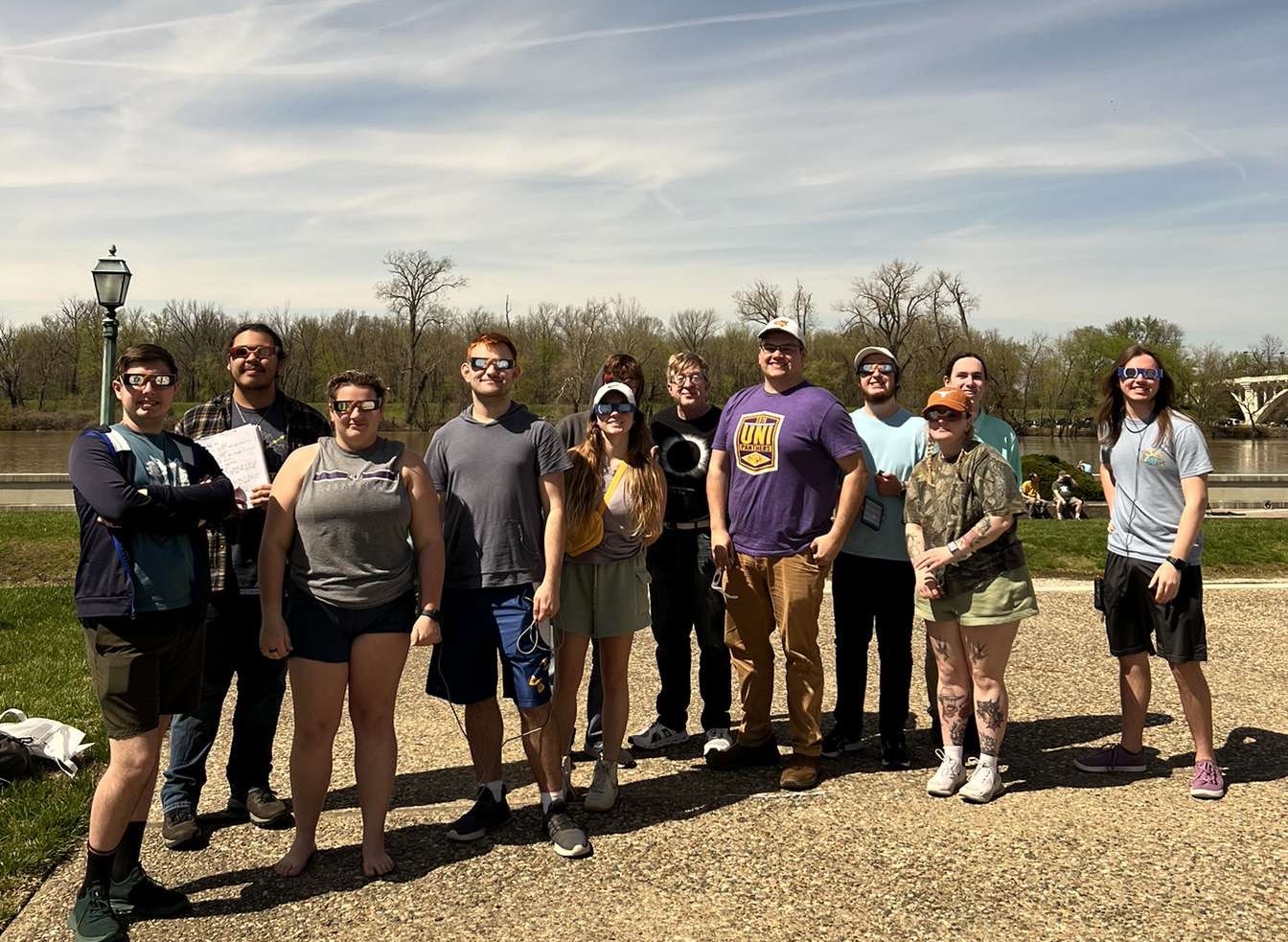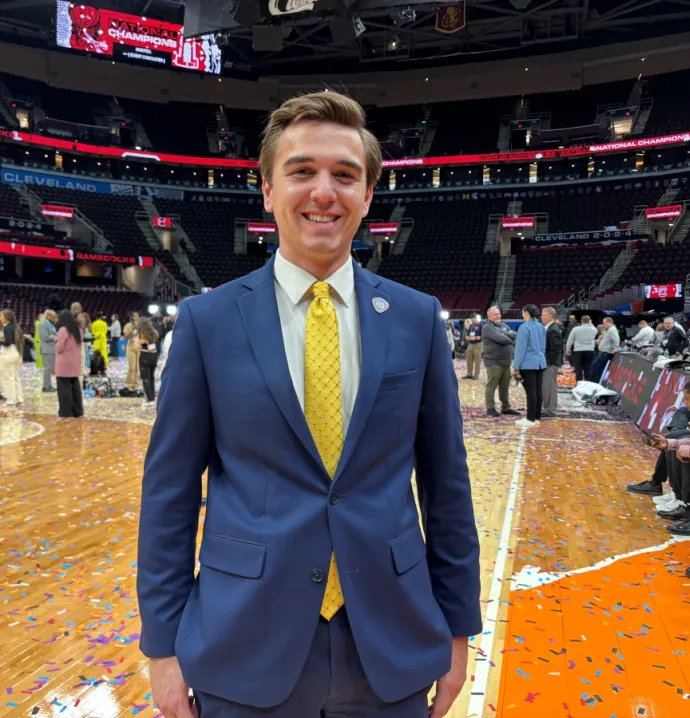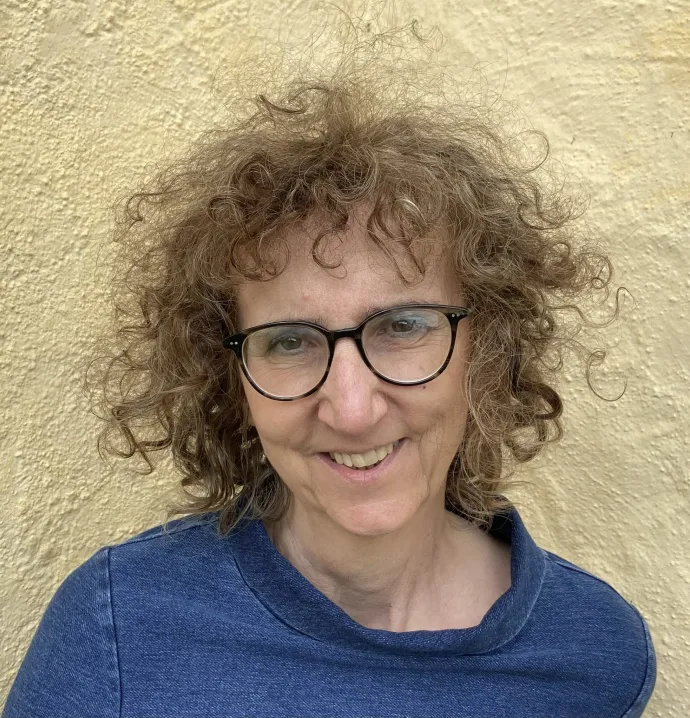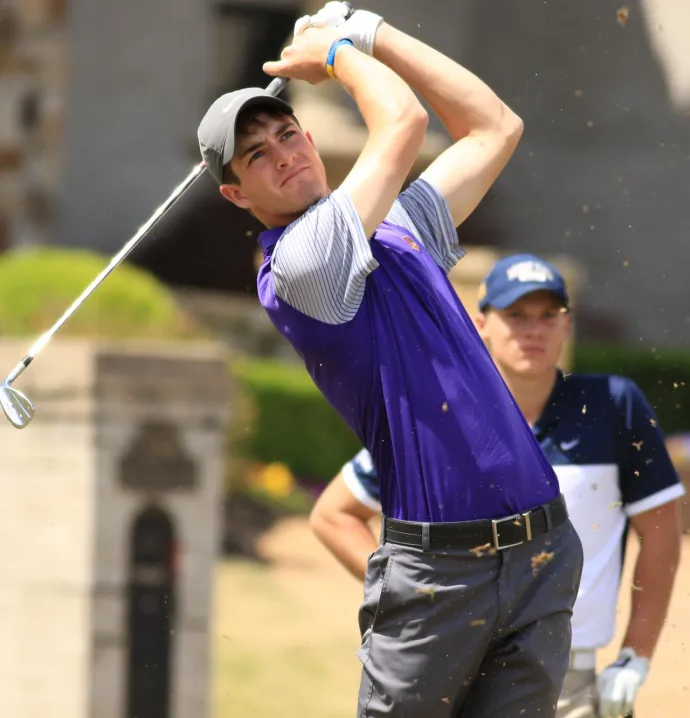UNI students journey to eclipse totality
UNI students journey to eclipse totality
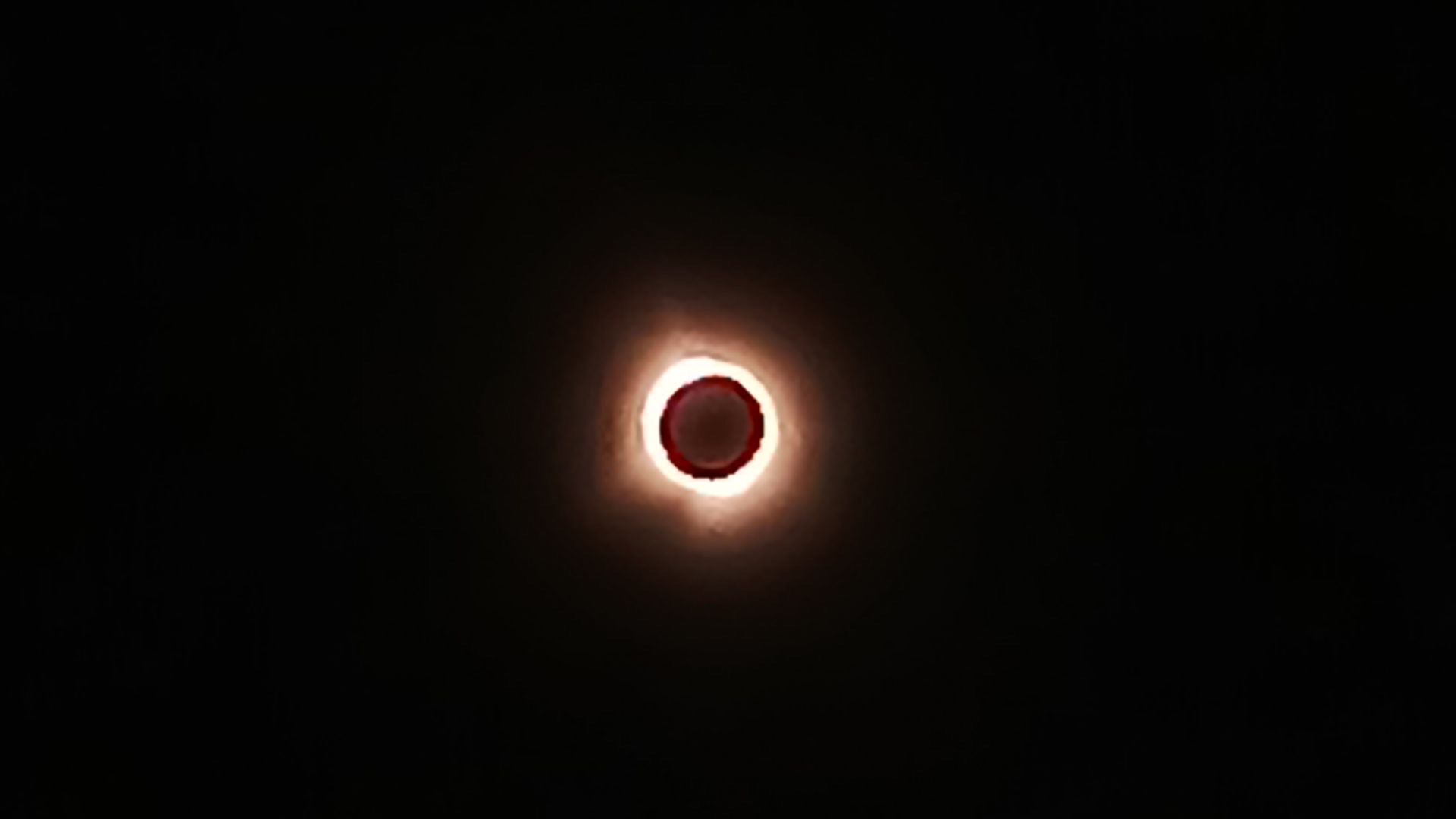
Being a University of Northern Iowa student is filled with unforgettable moments in and out of the classroom. For 10 students in Tom Hockey’s Studies in Eclipses class, the shared experience of traveling to Indiana to see a total solar eclipse will no doubt become one of the most memorable experiences from their college careers.
James Carlous, a third-year student majoring in earth science teaching with a biology minor, declared the experience the highlight of his time at UNI. He’d been anxiously awaiting the 2024 eclipse since he was a freshman.
“I was mesmerized,” he said. “It was so interesting. It was so bright, and then it all went away.”
The group gathered at George Rogers Clark National Historical Park to witness the phenomenon. The area was bursting at the seams with eclipse-chasers — so much so that the student group had to stay in a hotel about an hour away.
Each student was assigned a unique eclipse-related project they would undertake during the experience. Carlous was tasked with measuring barometric pressure during the eclipse.
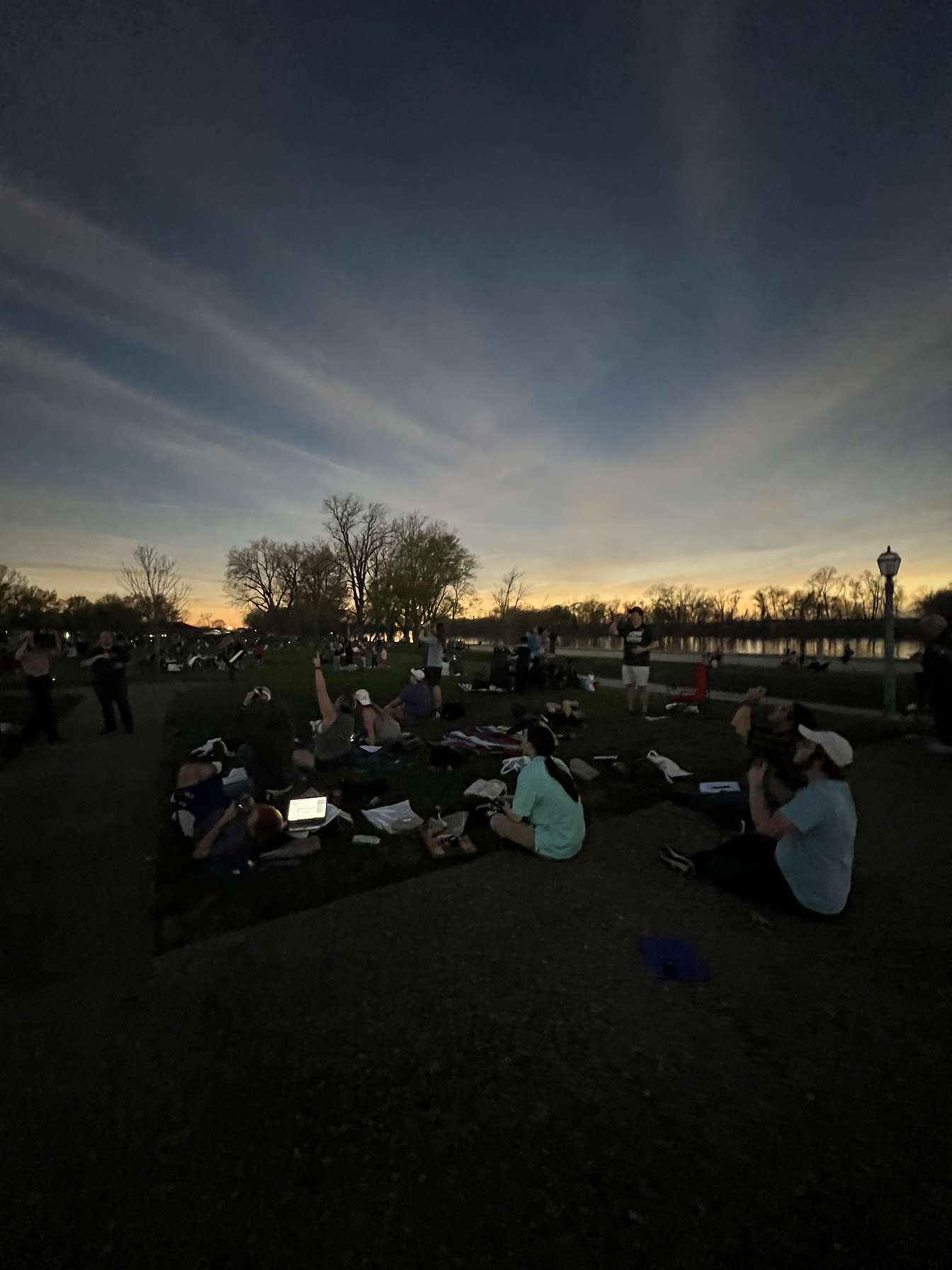
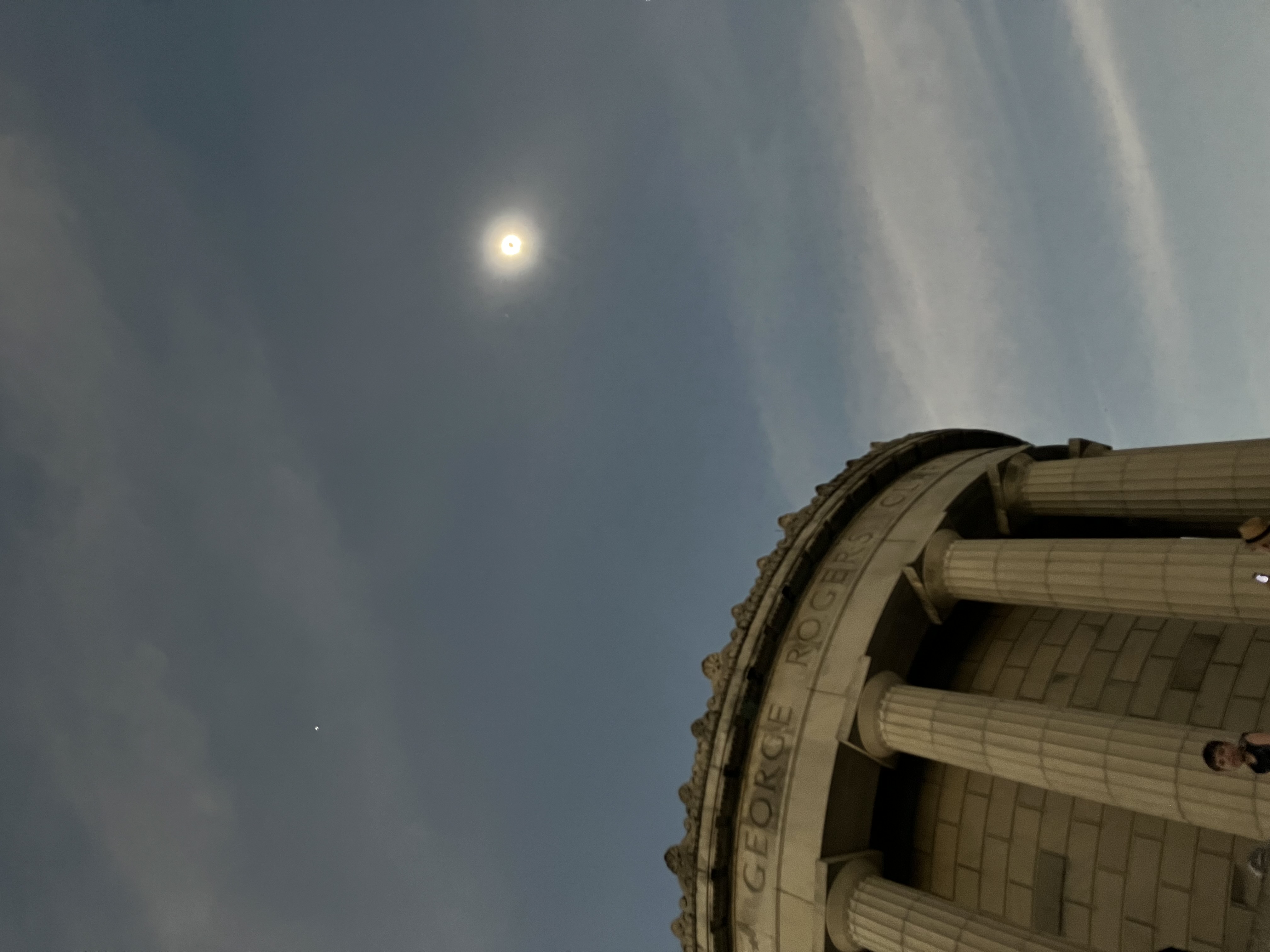
The group watched as their surroundings became gradually darker.
“The lead up to totality was slow, but it was almost as exciting as totality,” said Mia Dexter, an athletic training major. “It was definitely unlike anything I'd ever experienced in my entire life. Seeing darkness during the day was super crazy. You know those lights you can dim in some places? That’s exactly what it was like but outside. Shadows got super sharp. It was like someone had turned the sharpness up in real life. I don't think any picture could do it justice unless it's taken with a NASA telescope.”
Although many of the students on the trip are future science teachers, Dexter took the class as an elective. She’s grateful the memorable trip became part of her semester.
“It's definitely an experience I'll always carry with me,” she said. “For a lot of people, it’s a once in a lifetime experience, so it’s pretty meaningful.”
Totality lasted about four minutes.The temperature dropped significantly, about 30 degrees, as measured by one of the students.
Throughout the eclipse, Hockey explained to his students what was happening and how the experience related to concepts they learned in class. Carlous especially enjoyed seeing the sun’s corona — the bright ring around the moon, only visible during totality — and Baily’s beads — the dots along the side of the eclipse when it’s about to end.
“I've always liked astronomy and the stars and the planets ever since I learned about them in elementary school,” he said. “The space world is super fascinating to me. It’s one of the things we know the least about in the world, and eclipses are such an interesting phenomenon because they're scientific, but they’re also spiritual and religious.They're like the combination of a bunch of different aspects of life coming together.”
The experience was one they certainly won’t soon forget. Carlous is especially enthusiastic about the prospect of showing his future class photos he took of the eclipse and telling them about the experience.
“It’s definitely something I would do again,” said Dexter.
